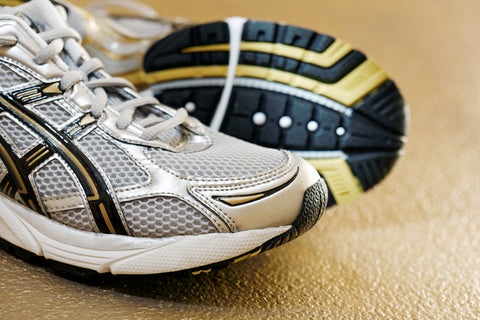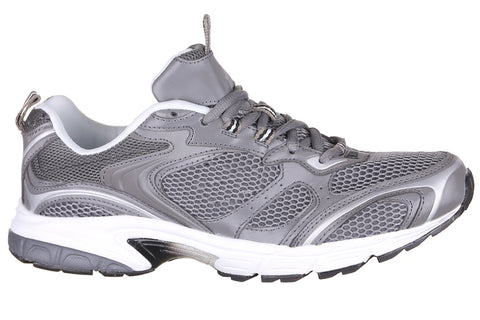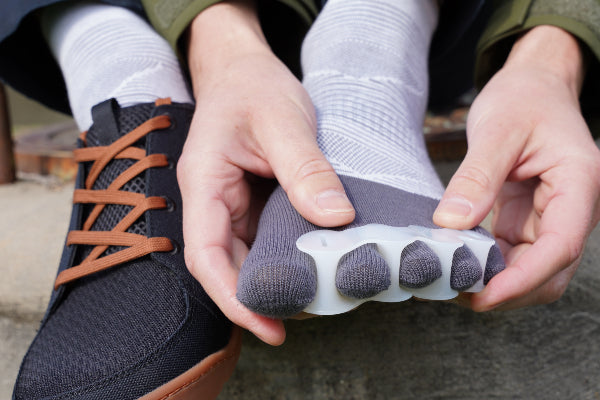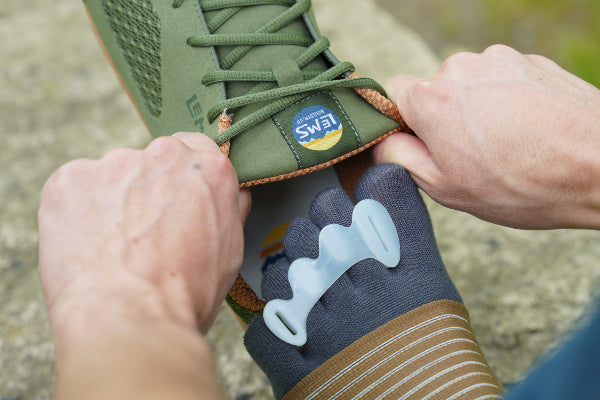Natural Arch Support

Propping up the foot arch is a common approach used by physicians to help treat certain foot and ankle disorders. Arch support is also a design feature commonly touted by shoe manufacturers as beneficial. But we thought it would be helpful to discuss what arch support really means and whether it’s truly necessary—or even desired—in the foot. To understand our arch support philosophy, it’s important to understand... Read more












